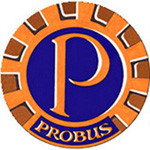
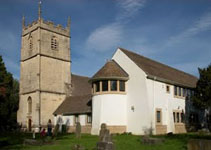
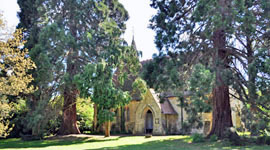

|
|
|
|
|
|
 
  |
|
| St Lawrence Parish Centre & Church Barnwood Arboretum | |
| GLEVUM PROBUS CLUB | |
| History of Roman Glevum | ||
| Glevum (or, more formally, Colonia Nervia Glevensium, or occasionally Glouvia) was originally a Roman fort in Roman Britain that became a "colonia" of retired legionaries in AD 97. Today, it is known as Gloucester The name Glevum is taken by many present-day businesses in the area and also by the 26-mile Glevum Way, a long-distance or recreational walk encircling modern Gloucester. | ||
| Fortress | ||
| Glevum was established around AD 48, at an important crossing of the River Severn, and near to the Fosse Way, the early front line after the Roman invasion of Britain. Initially, a Roman fort was established at present-day Kingsholm in c. 65–70 AD. | ||
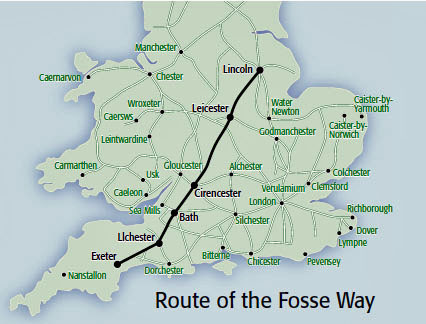 |
||
| Ermin Street linked Glevum with Corinium (modern Cirencester) and hence access to Fosse Way | ||
| Between AD 81 and 98, larger replacement walls were built on slightly higher ground nearby, centred on present-day Gloucester Cross which was probably part of the change from a military fort to a walled colonia after the Legio II Augusta had been transferred . The civilian settlement also grew outside the walls. | ||
| Colonia | ||
| In AD 97, the city was designated a colonia by the Emperor Nerva. A colonia was the residence of retired legionaries and enjoyed the highest status of city in the Empire. The legionaries were given farmland in the surrounding district, and could be called upon as a Roman auxiliary armed force | ||
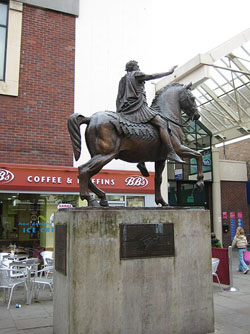 |
||
| Statue of Emperor Nerva in Gloucester | ||
| The city was built within the legionary fortress and used the same rectilinear street plan and ramparts. A large and impressive administrative basilica and forum market-place were built in the town, as well as many fine homes with mosaic floors | ||
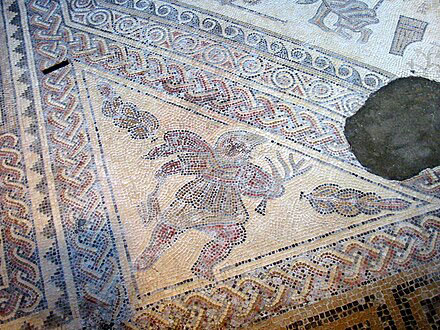 |
||
| Mosaics of the type seen at Chedworth Roman villa were prevalent in Glevum homes | ||
| Roman Mint | ||
| Roman Britain was divided into four provinces in the early 4th century. It is most likely that Glevum, as a colony, became the provincial capital of Britannia Secunda, in the same way that colonies at York and Lincoln became capitals of their respective provinces. There is some evidence that at this time Glevum possessed a mint. | ||
|
At its height, Glevum may have had a population of as many as 10,000 people. |
||
|
Roman Villas |
||
| The entire area around Glevum was intensely Romanised in the second and third centuries, with a higher than normal distribution of villas, as a result of its suitability for the traditional intensive Roman farming methods. Today, some of the best examples of Roman villas in Britain, including Chedworth villa and Woodchester villa, both famous for their Roman mosaics, are not far from Glevum. | ||
| . | ||
|
|
||